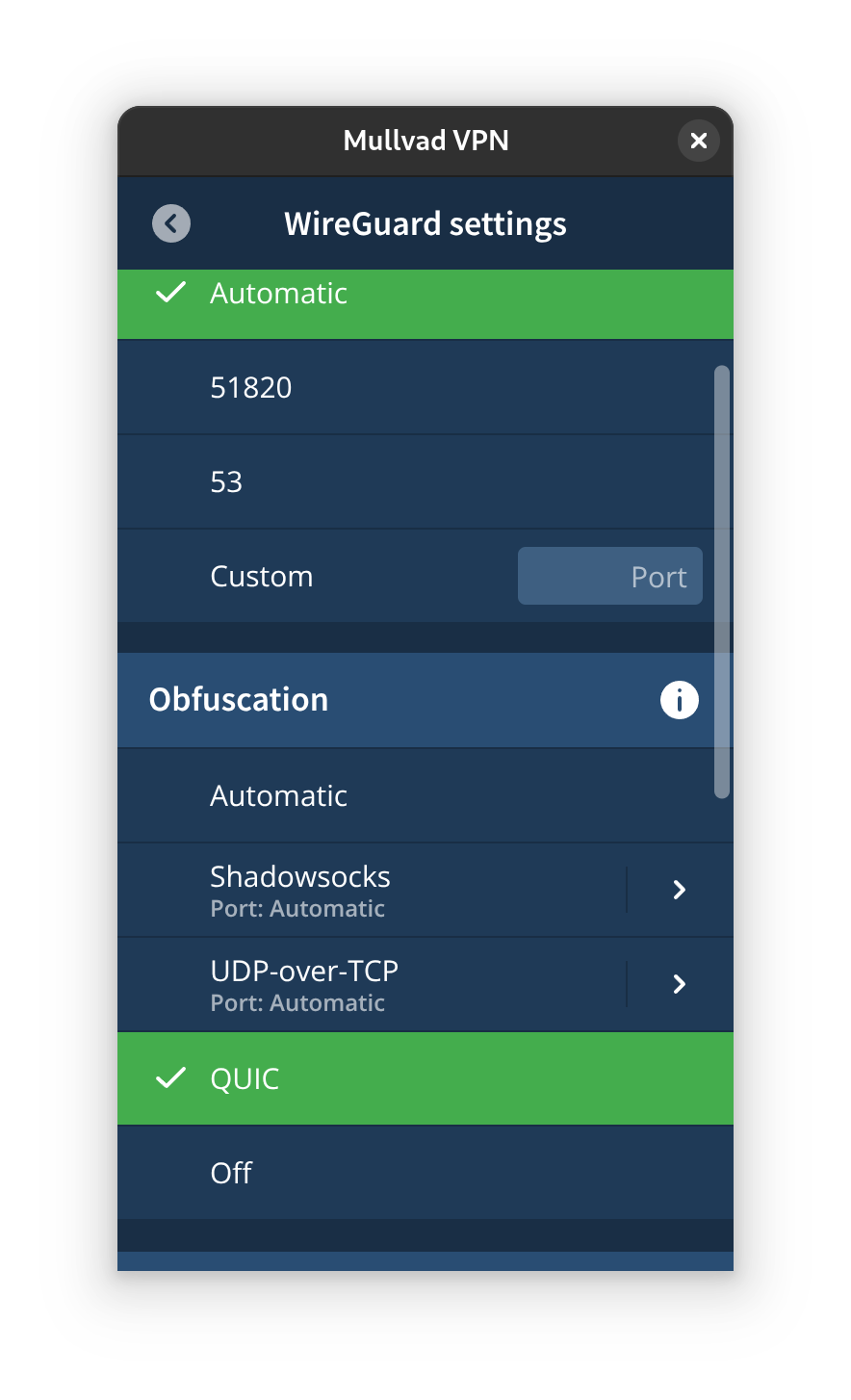Mullvad has begun rolling out a new feature that hides WireGuard connections inside QUIC traffic, a technique designed to help users slip past aggressive censorship systems.
By making VPN traffic look more like ordinary encrypted browsing, the update gives people in tightly controlled regions, including Russia and China, a better chance of maintaining stable access to the internet.
It also helps with accessing websites that are increasingly trying to ban VPNs.
The addition comes as Mullvad prepares to move away from OpenVPN, which it will no longer support starting January 2026.
With that change on the horizon, the company is putting its weight behind WireGuard while also making sure it remains usable in countries where standard WireGuard connections are heavily throttled or blocked.
QUIC itself is not new. Originally created by Google and now the backbone of HTTP/3, the protocol is prized for its speed, ability to handle multiple streams of data at once, and resilience against network issues.

Services like YouTube already rely on it, making QUIC traffic extremely common. Mullvad takes advantage of that by wrapping WireGuard’s UDP packets inside QUIC, effectively disguising VPN usage as something indistinguishable from normal web activity.
To make this possible, Mullvad has turned to MASQUE, a standard that allows UDP traffic to be tunneled through HTTP/3 connections.
The result is traffic that appears identical to everyday browsing, far harder for censors to single out and shut down.
The feature is included in Mullvad’s desktop apps for Windows and macOS beginning with version 2025.9.
Users can activate it in the VPN settings, though if multiple connection attempts fail, the client will automatically switch over to QUIC on its own. Support for Android and iOS devices is also planned.
Different VPN companies are taking different routes to achieve similar goals. Proton VPN relies on its Stealth protocol, which disguises WireGuard traffic inside TLS.
NordVPN recently introduced NordWhisper, its own censorship-resistant system. Meanwhile, Surfshark scrambles OpenVPN packets through its Camouflage mode, and ExpressVPN has long integrated obfuscation directly into its OpenVPN connections.
As governments expand online restrictions, VPN providers are steadily introducing new tactics to help users stay connected.








